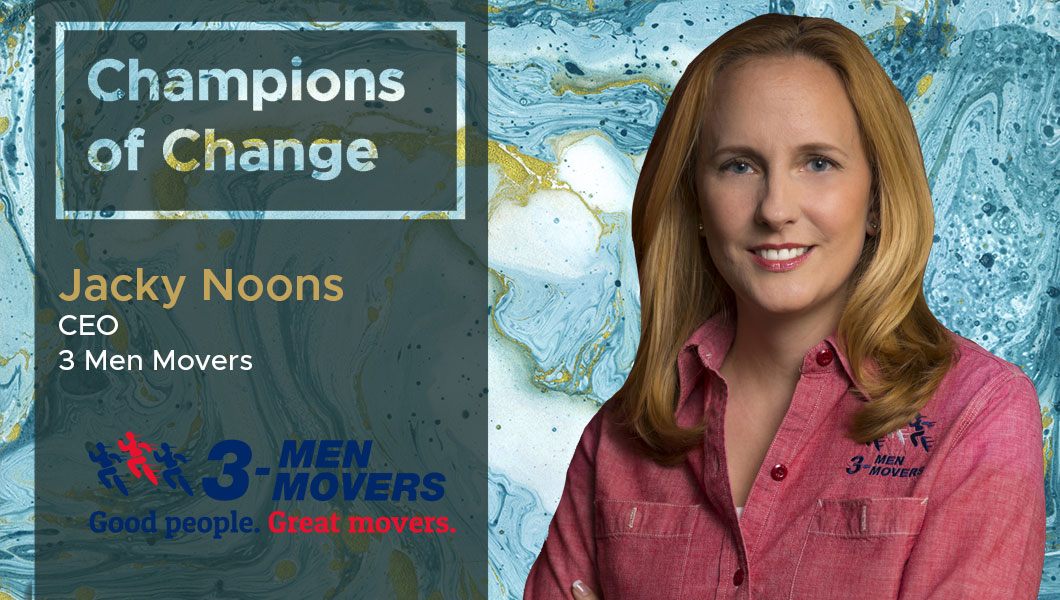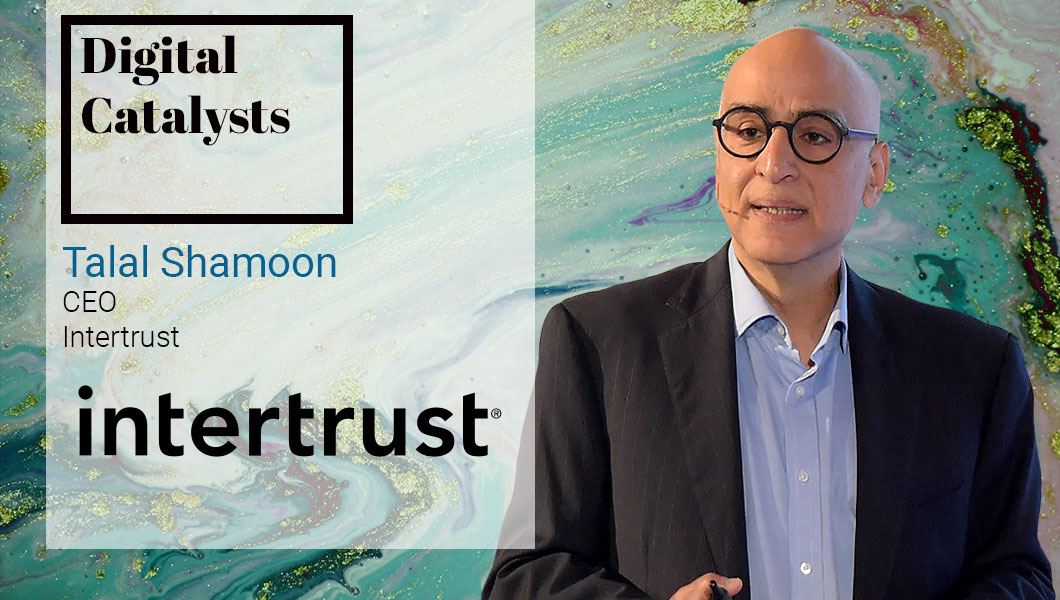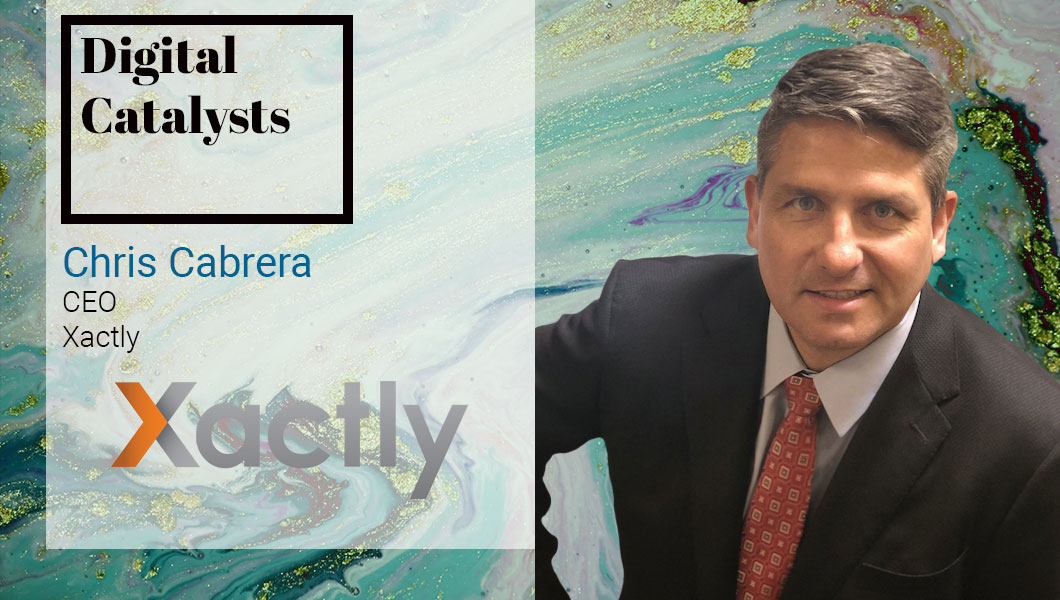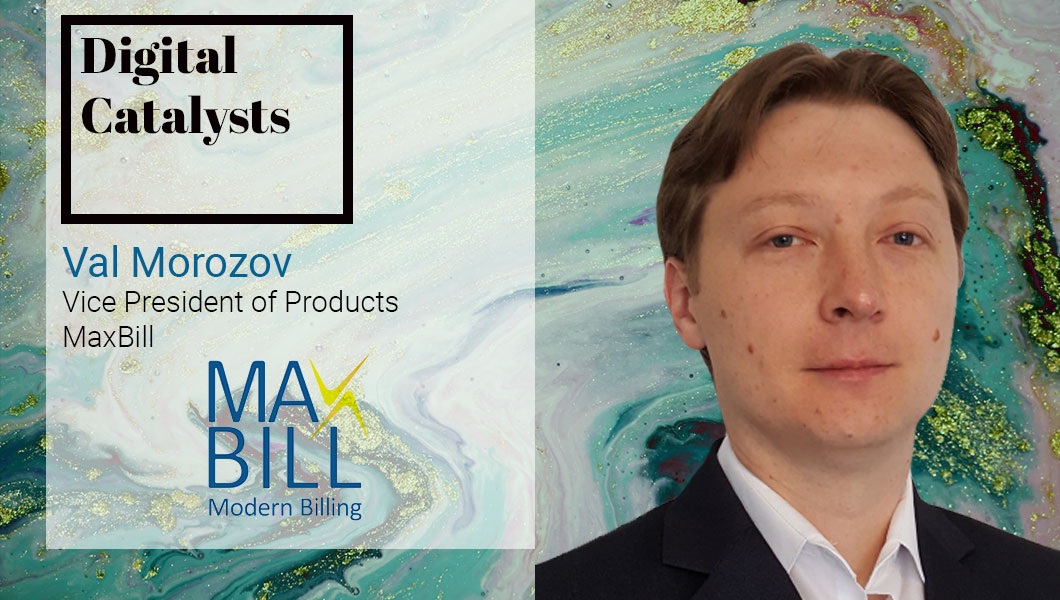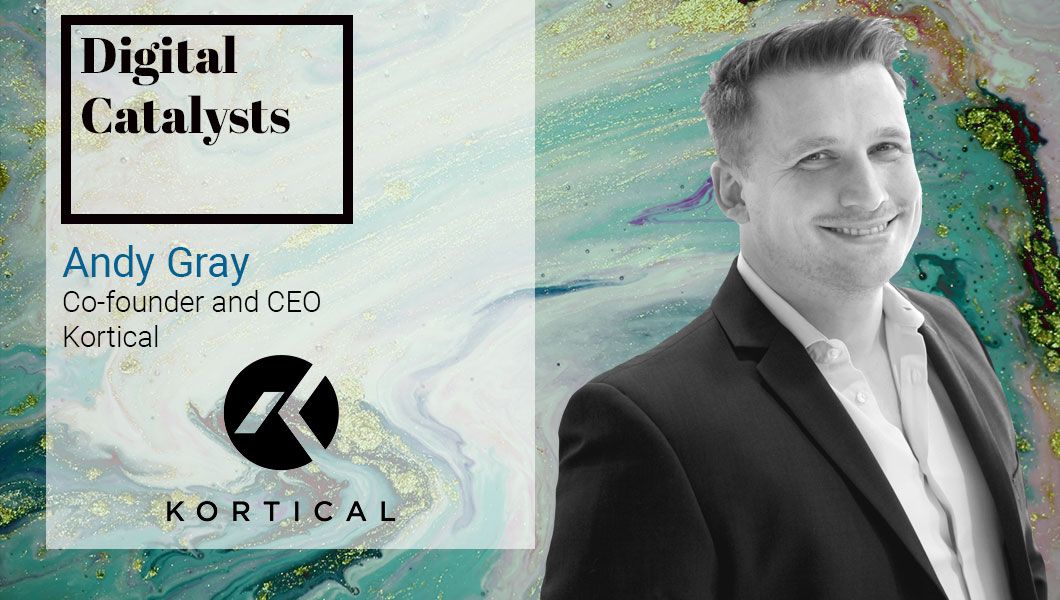Interview with Marc Alacqua, CEO at Signafire
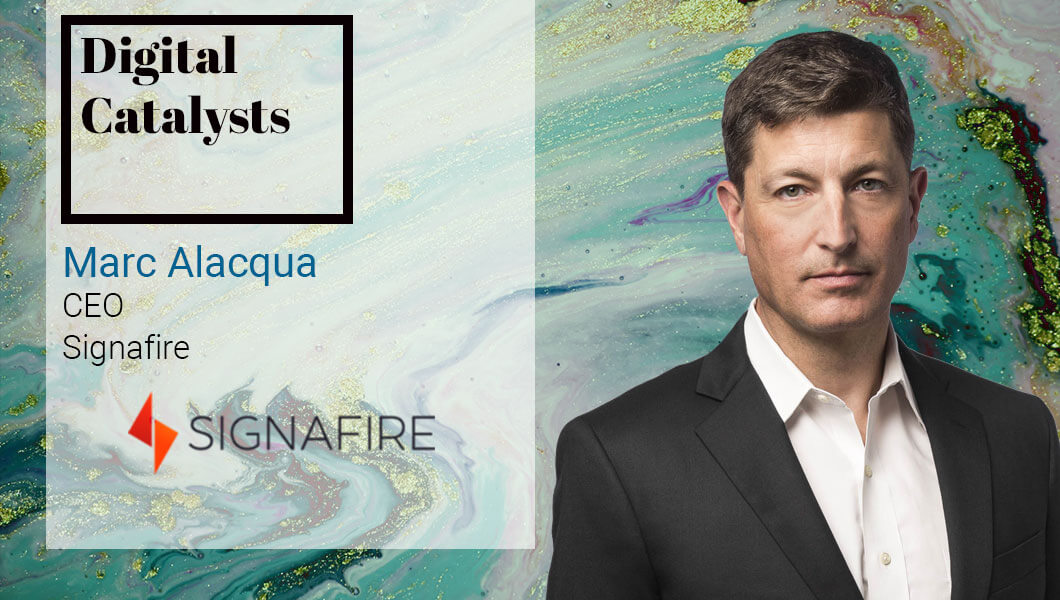
In this interview Marc Alacqua, CEO at Signafire, discusses the need for the ‘fusion’ of data sets and the danger that lies in analyzing disparate data sets simultaneously. Marc is a founding partner of Signafire and a decorated combat veteran of the U.S. Army Special Operations Forces. Marc earned a BA in History and Political Science from Fordham University, and a JD from Hofstra University School of Law.
Tell us about your product/business and your specific role?
Signafire is a data fusion and content analytics company. We help companies make smarter business decisions by giving them unparalleled access to disparate data sets – whether those are internal or external data sets. As CEO at a relatively young company, I see my role as threefold: first, to ensure that we are serving the needs of our clients; second, to grow the company in a responsible way, whether through the addition of new clients or through expanded client relations; and three, to foster a sense of internal pride and community at a company that has expanded by over 200% in just the past year alone.
What is the core issue your product/technology aims to address and what sets it apart from the other players in the market?
The core issue our clients face is that while they have access to an overwhelming amount of data – whether internal data or external data – that data comes in different types and forms, so they struggle to analyze it in a useful way. The technology Signafire has built helps by fusing those disparate data sources into one common format that can be organized and analyzed using one tool and methodology.
What sets us apart from our peers in the market is our use of fusion, rather than co-location, to bring disparate data sets together. Other data integration solutions are capable of bringing multiple data sets into one environment, but because each data set retains its original properties within the analytic environment, it remains difficult to search and analyze all the data simultaneously. Signafire works by fundamentally altering the data sets as they come in, allowing them to co-exist not just in one environment, but as one cohesive set of data to be analyzed with one methodology.
What’s the one industry, sector or role that your technology is most relevant to?
Signafire’s technology is relevant to any industry that can derive value from analyzing multiple large data sets in one environment. From that perspective the possibilities are virtually unlimited, as most industries are developing advanced big data analysis capabilities. To this point, though, we’ve seen the most immediate impact in manufacturing, insurance, and event security, as those industries use data more to mitigate risk than to take advantage of business opportunities.
What are some of the common challenges your customers approach you with?
The most universal challenge our customers face is they’re only seeing a narrow picture of their data, and they’re acutely aware of that.
How that challenge translates by industry varies to such an extent that it is hard to generalize. For instance, in today’s auto industry, manufacturers are held accountable to safety standards that can only be met, realistically, by having a complete understanding of the company’s fleet-wide data sets. Those data sets can range from customer service calls to vehicle IoT data, all of which have completely different properties. The only way to properly analyze that amount of disparate data is to fuse it and bring it into one analytic environment, which is what we enable our customers to do.
Using technology to affect transformation usually starts with a transformation of beliefs and mindsets. How do you consult enterprise clients and help them make that important shift in mindset to move ahead on a particular project or implementation?
For many of our clients, the idea of successfully fusing the amount of data to which they have access appears, at first, to be impossible. Nor have they necessarily thought through what they could do with this data once it is fused. So for us, half the battle is simply showing what’s possible. We accomplish this by offering pilot programs, which, over a predetermined period of time, demonstrates how Signafire’s technology can work effectively to solve one of the organization’s key data problems. Our favorite aspect of these pilots is the “wow” moment, during which the organization’s IT leaders see data they never thought could be unified finally come together in one environment. To this point, we have not run a pilot that did not become a longer term engagement.
Give us an example of an enterprise meeting a digital transformation goal through your product?
Over the past year, we’ve worked with a large insurer to standardize their best practices when it comes to assessing risk. To do that, we’ve established a data ingestion and content analytics system that ensures that every underwriter at the company is using the same methodology to determine risk.
Before adopting our technology, the client’s chief underwriter had far less visibility into the consistency of the research methodology of the underwriting staff. Each staff member was working with different tools and different data sets to make their assessments. They all were asking different questions to arrive at their conclusions.
Now, with our system in place, the insurer’s entire time of underwriters has the same streamlined and methodical way of working through massive data sets, and the chief underwriter can rest assured that their conclusions are based on a consistent set of search results.
What present or upcoming technologies you think have the maximum potential to accelerate enterprise digital transformation?
I think the continued adoption of IoT technology in various facets of life and industry will prove to have a far greater impact than we can even predict today.
Just as an example, we work with an auto manufacturer that uses large datasets to ensure the safety of their global fleet of vehicles. With more internet-connected vehicles providing continuous data feedback, the company is more capable than ever before at spotting potential safety issues before they lead to product recalls.
What’s your go to resource – websites, newsletters, any other – that you use to stay in touch with the explosive changes happening in the digital space?
I find the Wall Street Journal’s technology and business coverage to be a useful way to learn how certain new technologies are finding applicability across a range of sectors and industries.
Read a good book lately on digital transformation that you’d like to recommend to us?
I think everyone in our industry deserves to take time away from our work and find inspiration in other reading materials. Personally I take inspiration from reading about people who have faced tremendous challenges and succeeded despite of them. I’m currently reading the memoirs of Ulysses S. Grant, a figure who rose from being a store clerk to a general, then President, and helped restore the Union.


 By
By 